What is the tolerance range of precision screws?
What is the tolerance range of precision screws?
Service Hotline
+86760-8787 8587We have more than ten years of production experience in the screw industry, the main products are: internal thread pin, FPV model frame double internal mesh nut, hexagon socket splint screw, butt lock screw 304 double-strand rivet, lengthened carbon steel Screws, Wassey American Standard British Standard, Spring Washer Standard GB93-87, Galvanized Half-round Nuts, Screw Connection Nuts, Flange Surface Lock Nuts, Hand Tightening Butterfly Screws, Circuit Board Bracket Copper Posts, Hexagon Socket Anodized Blackened Bolts ,Cross flat round head children's crib screws and nuts, ring bolts and other fasteners, due to different product materials and specifications, the price is also different, if necessary, please contact us.


A rivet is a nail-shaped object with a cap on one end: in riveting, the parts being riveted are joined by their own deformation or by interference. There are many types of rivets, and they are informal. However, the two ends of conventional rivets are concentric, which is not suitable for special occasions.
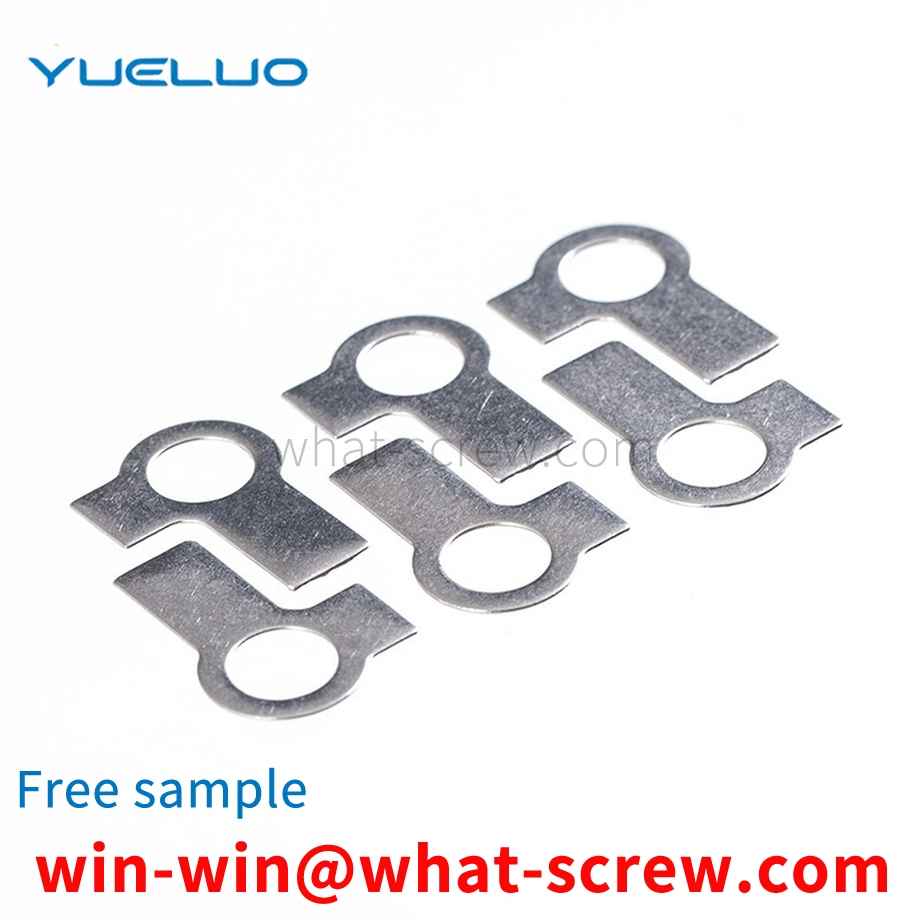
In some special occasions, both objects need to be riveted and have good waterproof performance. The existing rivets have poor waterproof performance and often have problems such as water seepage.
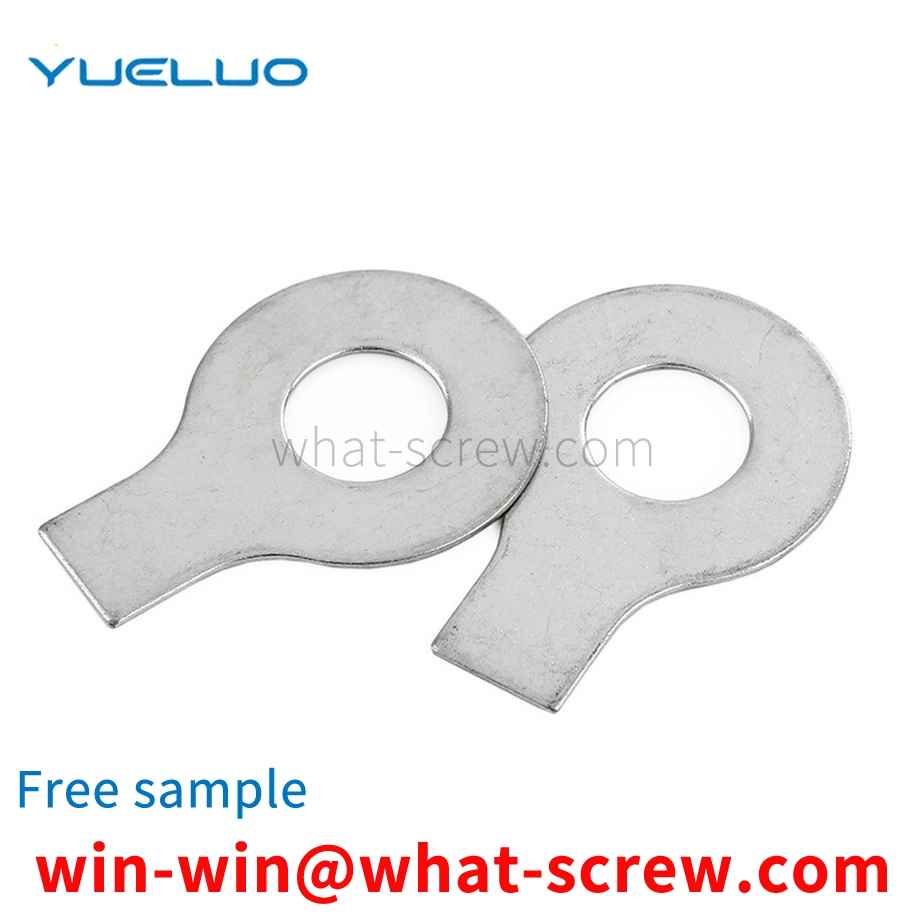
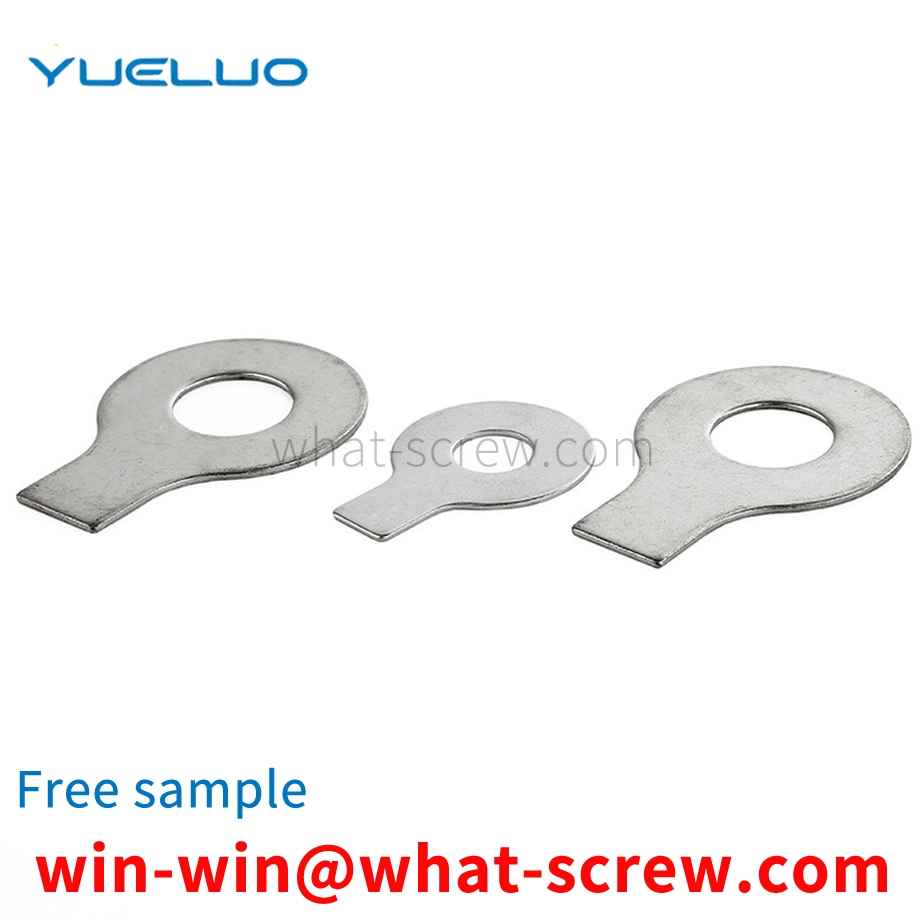
flat washer is also called a flat washer. It is mainly stamped out of an iron plate. The shape is generally a flat washer with a hole in the middle. The size of this hole is generally determined according to customer requirements. There are 9 standards for flat washers in my country. From 2000 to 2002, GB/T97.3-2000, GB/T5286-2001, GB/T95-2002, GB/T96.1-2002, GB/T96.2 were approved and released respectively. -2002, GB/T97.1-2002, GB/T97.2-2002, GB/T97.4-2002 and GB/T5287-2002 Standard for flat washers. According to the performance grade of the flat washer, the author recommends the use of materials: ST12, ST13, Q235, Q215, Q195, etc. can be selected for the 100HV grade, and the surface hardness can reach about 110HV; 08F, 08Al, 10, 10F, etc. can be selected for the 140HV grade etc., the surface hardness can reach about 140HV; for 200HV and 300HV grades, 45, 50, 60, 70 or 65Mn steel should be selected, which can be quenched and tempered by heat treatment to meet the technical requirements of 200~300HV and 300~400HV. Because according to the standard, flat washers of 100HV and 140HV grades can be manufactured from mild steel. Most enterprises use Baosteel materials when selecting materials, which is convenient for cold stamping. The following is a brief description of Baosteel's standards. Compared with the BZJ407-1999 standard, there are major changes in Continuous Cold Rolled Low-Carbon Steel Plates and Strips and the enterprise standard: (1) The grades have been revised and integrated, and the grades have been changed from 8 commonly used to 5. St12 is changed to DC01; ST13 is changed to DC03; St14, St15 is changed to DC04; BSC2 is changed to DC05; St16, St14-T, BSC3 is changed to DC06. (2) The surface quality level is changed from two to three: the higher-level finishing surface (FB), the surface is allowed to have a small amount of defects that do not affect the formability and coating and plating adhesion, such as slight scratches, indentations, Pock, roll printing and oxidation color, etc. Premium Finished Surface (FC) products have no visible defects on the better of the two sides and must meet at least FB requirements on the other side. The super-advanced finishing (FD) product must not have any defects on the better side of the two sides, that is, it cannot affect the appearance quality after painting or the appearance quality after electroplating, and the other side must at least meet the requirements of FB. (3) The surface structure is modified from four to two, and the control value of surface roughness is increased. The average roughness Ra when the surface structure is pitted (D) is 0.6 μm. (4) The provisions on Si and residual elements in the chemical composition of the five grades have been cancelled, and the contents of elements such as C, S, and Alt have been revised.
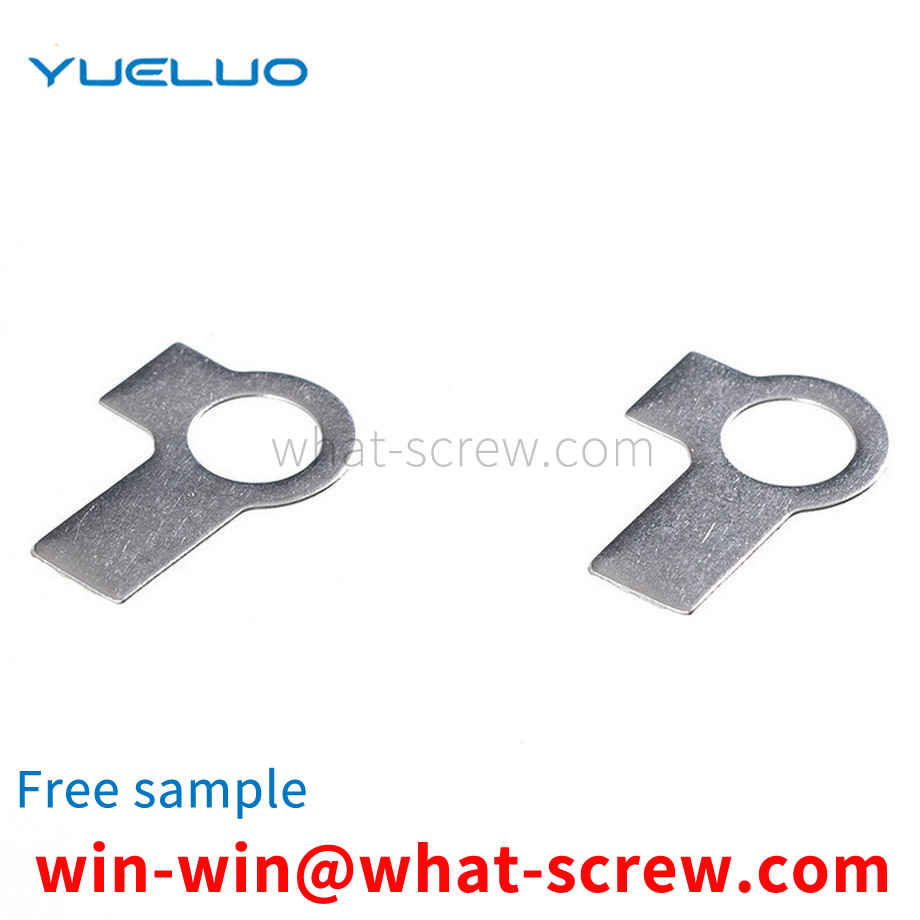
The performance grade 8.8 of stainless steel bolts refers to the material's tensile strength limit of 800MPa and yield limit of 640MPa. The performance grades of stainless steel bolts, studs and studs are divided into 10 grades: from 3.6 to 12.9. The number before the decimal point represents 1/100 of the tensile strength limit of the material, and the number after the decimal point represents 10 times the ratio of the material's yield limit to the tensile strength limit. There are 7 grades of performance grades for nuts, from 4 to 12. The numbers roughly represent 1/100 of the minimum stress that the stainless steel nut is guaranteed to withstand. For unified inch threads, there are three thread grades for external threads: grades 1A, 2A and 3A, and three grades for internal threads: grades 1B, 2B and 3B, all of which are clearance fits. The higher the rating number, the tighter the fit. Classes 1, 1A and 1B, very loose tolerance classes, which are suitable for tolerance fits of internal and external threads. Grades 2, 2A and 2B are the most common thread tolerance grades specified for inch series mechanical stainless steel fasteners. Grades 3, 3A and 3B, screwed together to form the tightest fit, suitable for tight tolerance stainless steel standard parts, for safety critical designs. Metric threads, there are three thread grades for external threads: 4h, 6h and 6g, and three thread grades for internal threads: 5H, 6H, 7H. Thread fit is best combined into H/g, H/h or G/h. For bolts, stainless steel nuts and other refined fastener threads, the standard recommends 6H/6g fit. Carbon steel: The strength grade is marked by ? It consists of two separated numbers. The meaning of the number part before the ? in the marking code represents the nominal tensile strength, for example, 4 in grade 4.8 represents 1/100 of the nominal tensile strength of 400N/MM2. The meaning of the ? and the number part after the point in the marking code represents the yield-strength ratio, that is, the ratio of the nominal yield point or the nominal yield strength to the nominal tensile strength. For example, the yield point of grade 4.8 products is 320N/mm2. The strength grade mark of stainless steel products consists of two parts separated by —. The symbol before — in the sign code indicates the material. Such as: A2, A4 and other signs — indicate strength, such as: A2-70 Carbon steel: The mechanical properties of bolts can be divided into: 3.6, 4.6, 4.8, 5.6, 5.8, 6.8, 8.8, 9.8, 10.9, 12.9 in total 10 performance levels
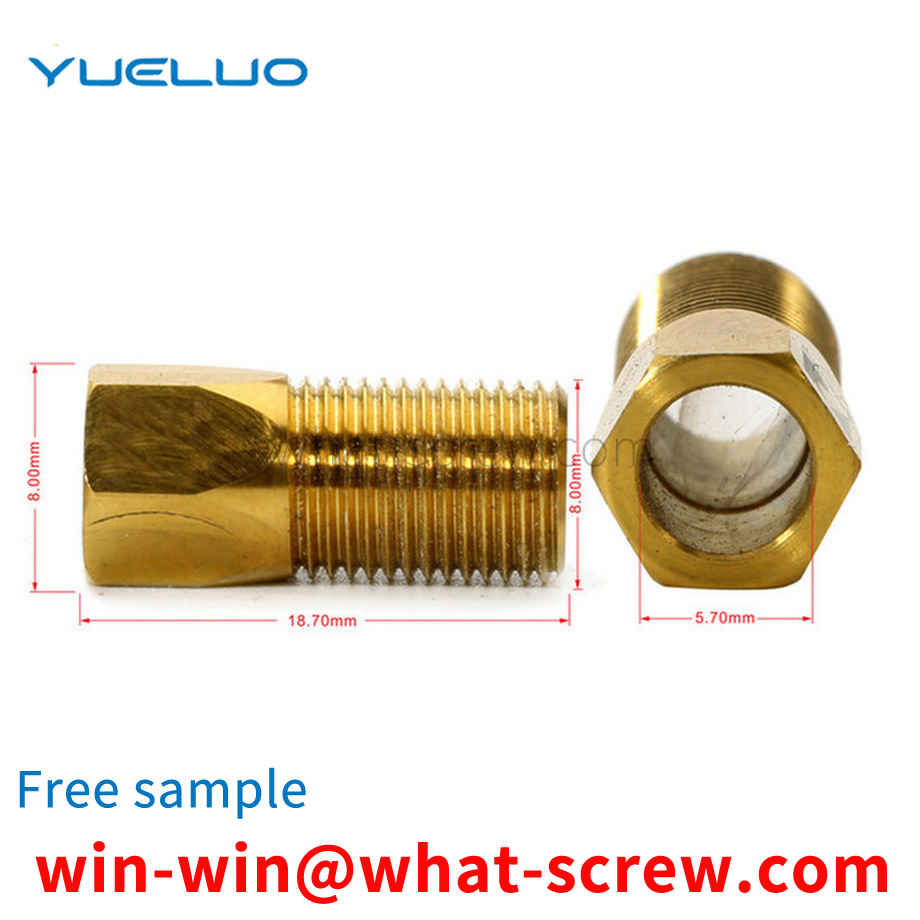
The above content is uploaded by Yueluo or the Internet. If there is any copyright issue, please contact [email protected].

What is the tolerance range of precision screws?

How to choose the right stainless steel screw manufacturer?

Why is there an R angle under the head of the hexagon head s...

We have more than ten years of experience in the production ...

We have more than ten years of production experience in the ...

We have more than ten years of experience in screw industry ...

We have more than ten years of experience in screw industry ...